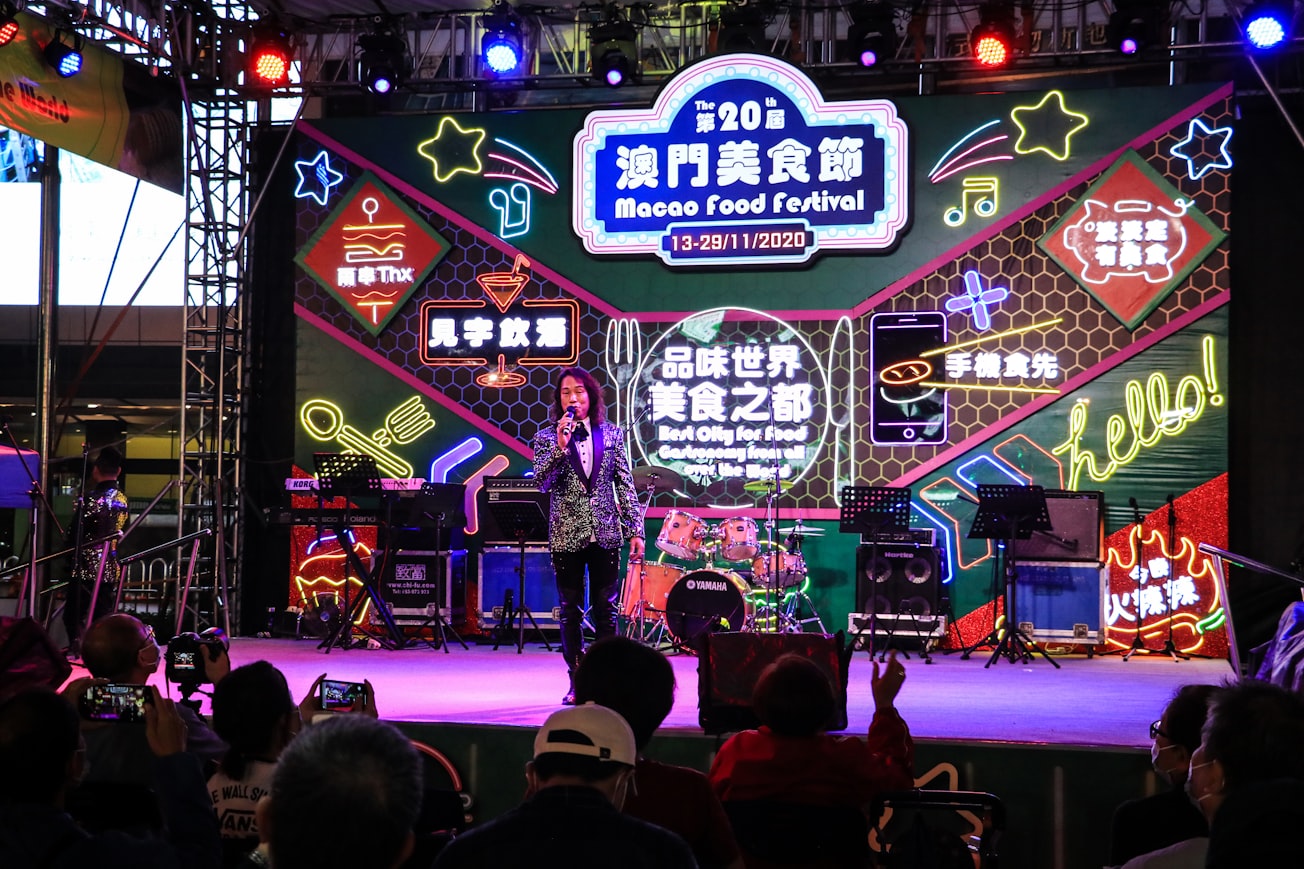What is it about?
The purpose of this paper is to focus on the Festival Internacional Cervantino, which represents one of the major cultural events in Latin America. Based on theoretical propositions regarding tourism as an experience, perception of visitors was studied focussing on emotional factors. Urban perception was also addressed, especially where public service failure affected the experience and therefore, the placemaking. A mixed methodology was applied. First, the event experience scale (EES) methodology for visitors’ perception was performed in order to collect data directly from tourists. The relationship between the festival and the visit to heritage resources and attractions was especially highlighted and analysed. Urban field work focussed on expressing the location of the most visited areas during festival days. Public services were also assessed where perception was affected negatively. Interviews were applied to public administration officials and public policy-related documents were collected in order to understand the expectation of visitors, previous to the experience itself. Local perception was also contrasted with the rest of the data. Attracted by information about the historic and colonial nature of the city, tourists gather massively in Guanajuato during the festival. This event in particular yields in some aspects to a transient placemaking, mainly related to inner perception and the event as such is highly appreciated. It was also found that the foreign figure of Cervantes was incorporated into the intangible heritage discourse of the city and linked to the event itself. However, some urban spaces and services need improvement to consolidate a positive experience of visitors who complain about specific factors such as traffic, accessibility, waste disposal and environmental noise.
Featured Image

Photo by Macau Photo Agency on Unsplash
Why is it important?
The research has been useful to give another point of view to existing surveys and conclusions of the impact of the festival. The application of EES has yielded some improvements that could be made in further applications of the same methodology. Application of EES to assess the impact of events in urban spaces and services can be applied to many other cities that host festivals in their city centres.
Perspectives
The fact that the event has caused some problems in a number of urban aspects suggests that new policies might be proposed in order to fill these gaps, especially by the corresponding government agencies. Another issue relates to the concentration of the economic profits and its lack of distribution, which right now does not contribute to social sustainability, yet the event demands high actions and costs to the city and local people.
Dr. Daniel Barrera-Fernández
Universidad de Sevilla
The fact that the event has caused some problems in a number of urban aspects suggests that new policies might be proposed in order to fill these gaps, especially by the corresponding government agencies. Another issue relates to the concentration of the economic profits and its lack of distribution, which right now does not contribute to social sustainability, yet the event demands high actions and costs to the city and local people.
Dr. Marco Hernández-Escampa
Universidad Autonoma Benito Juarez de Oaxaca
Read the Original
This page is a summary of: Events and placemaking: the case of the Festival Internacional Cervantino in Guanajuato, Mexico, International Journal of Event and Festival Management, March 2017, Emerald,
DOI: 10.1108/ijefm-05-2016-0041.
You can read the full text:
Resources
Contributors
The following have contributed to this page







